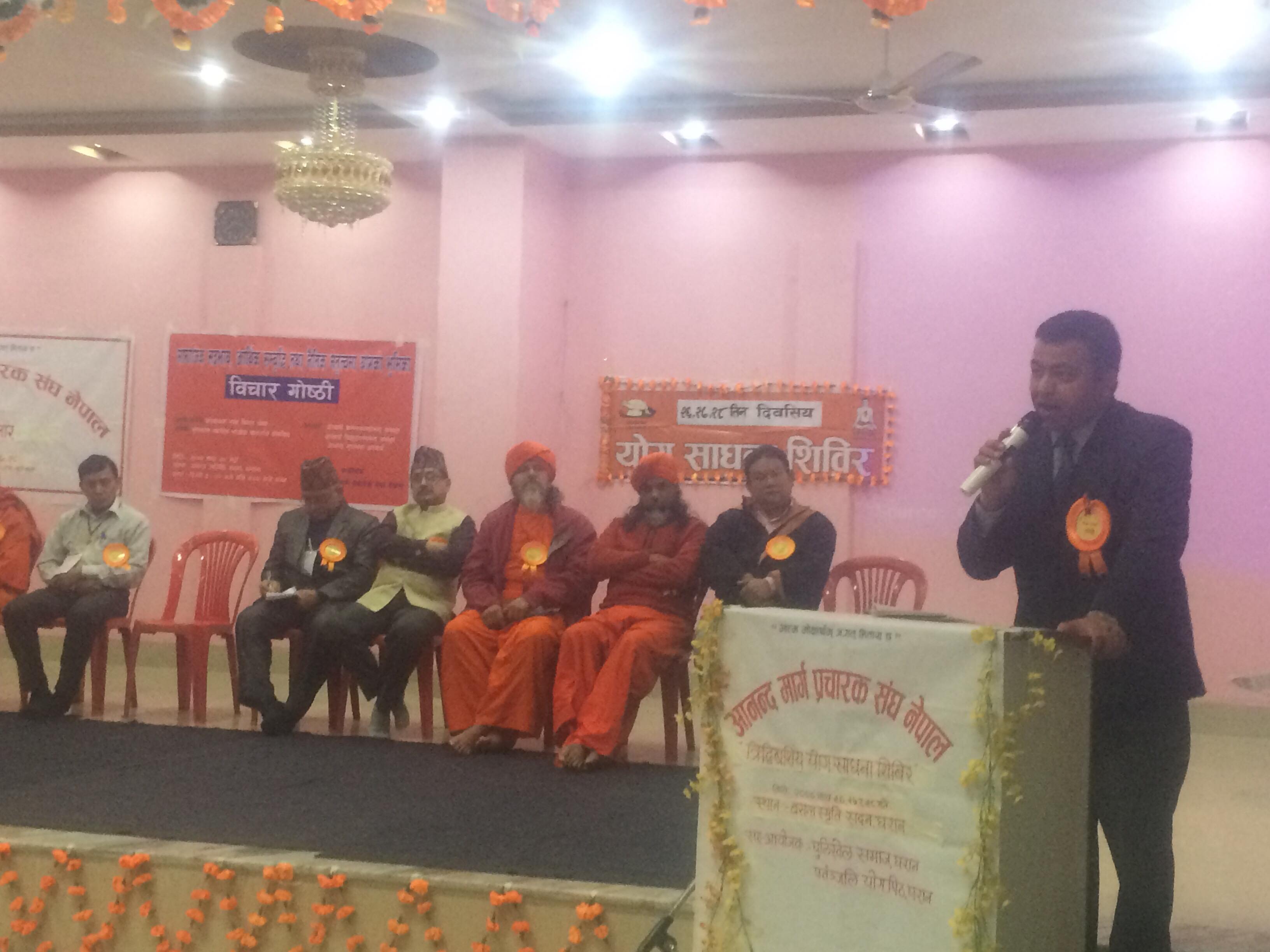Module 3: Nutrition-I [Click here]
Lesson 1: Protein-energy malnutrition
Lesson 2: Iron deficiency [Click Here]
Lesson 3: Vitamin A deficiency
Lesson 4: Determinants of nutritional status of individual/ community
Lesson 5: Nutritional sources and requirements
Lesson 6: Balanced diet
Lesson 7: Nutritional deficiency disorders e.g. PEM, Iron deficiency [Click Here], Vitamin A deficiency
Lesson 8: Nutritional problems in Nepal [Click Here]
Lesson 9: Nutritional status assessment in a community [Click Here]
The earliest feature of Vitamin A deficiency is
- Dryness of conjunctiva
- Nyctalopia
- Keratomalacia
- Hyphema
Reference protein is
- Milk
- Meat
- Egg
- Pulses
In measles which vitamin deficiency occurs
- Vitamin A
- Vitamin B
- Vitamin C
- Vitamin D
According to NDHS 2016, the percentage of children aged 6-23 months who are anemic are:
- 70%
- 68%
- 65%
- 62%
The most sensitive tool for evaluating the iron status of the body is:
- Hb level
- Serum iron
- Serum transferrin saturation
- Serum ferritin
The green marks of Shakir’s tape represent
1.>13.5 cm
2. 12.5 to 13.5 cm
3. 11.5 to 12.5 cm
4. <11.5 cm
Define Protein Energy Malnutrition. Write the difference between Kwashiorkor and Marasmus.
Define iron deficiency anemia. Describe the prevention strategies for iron deficiency anemia at the community level.
Enlist the major nutritional problems of Nepal. How do you plan a health education program for nutrition problems?





